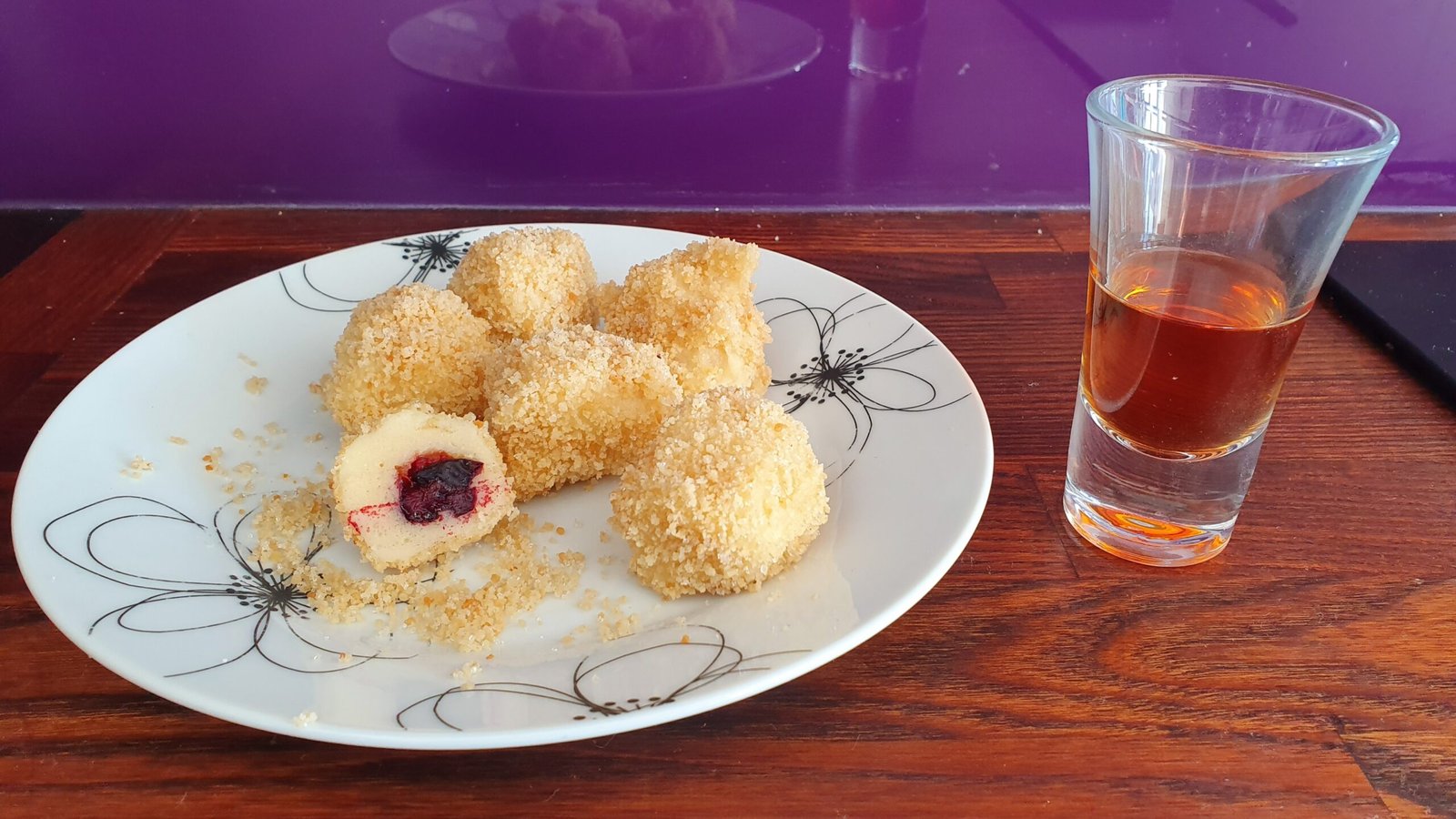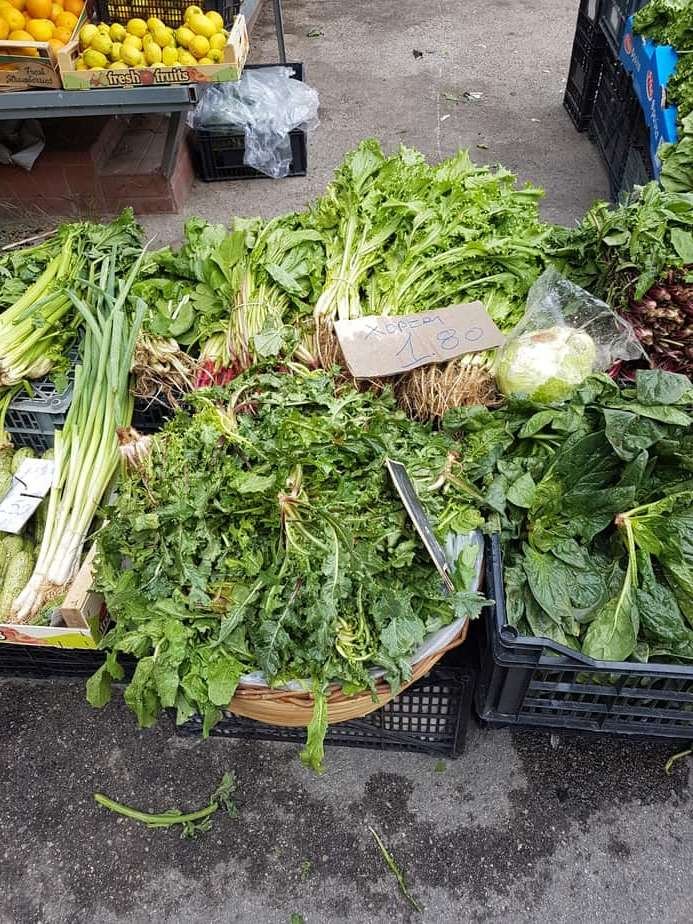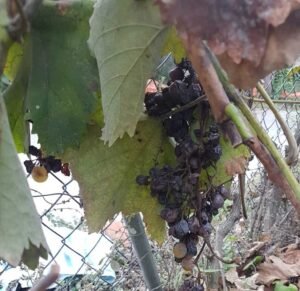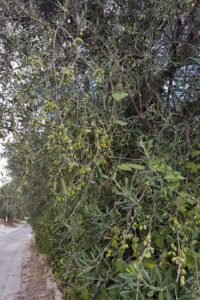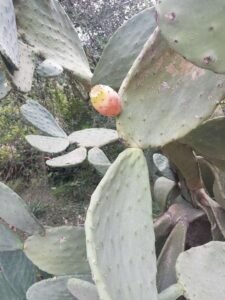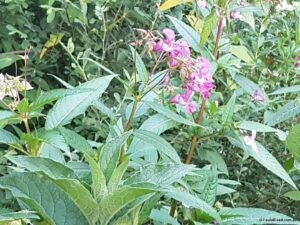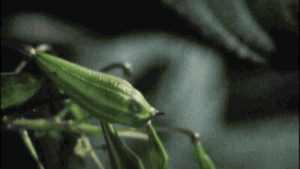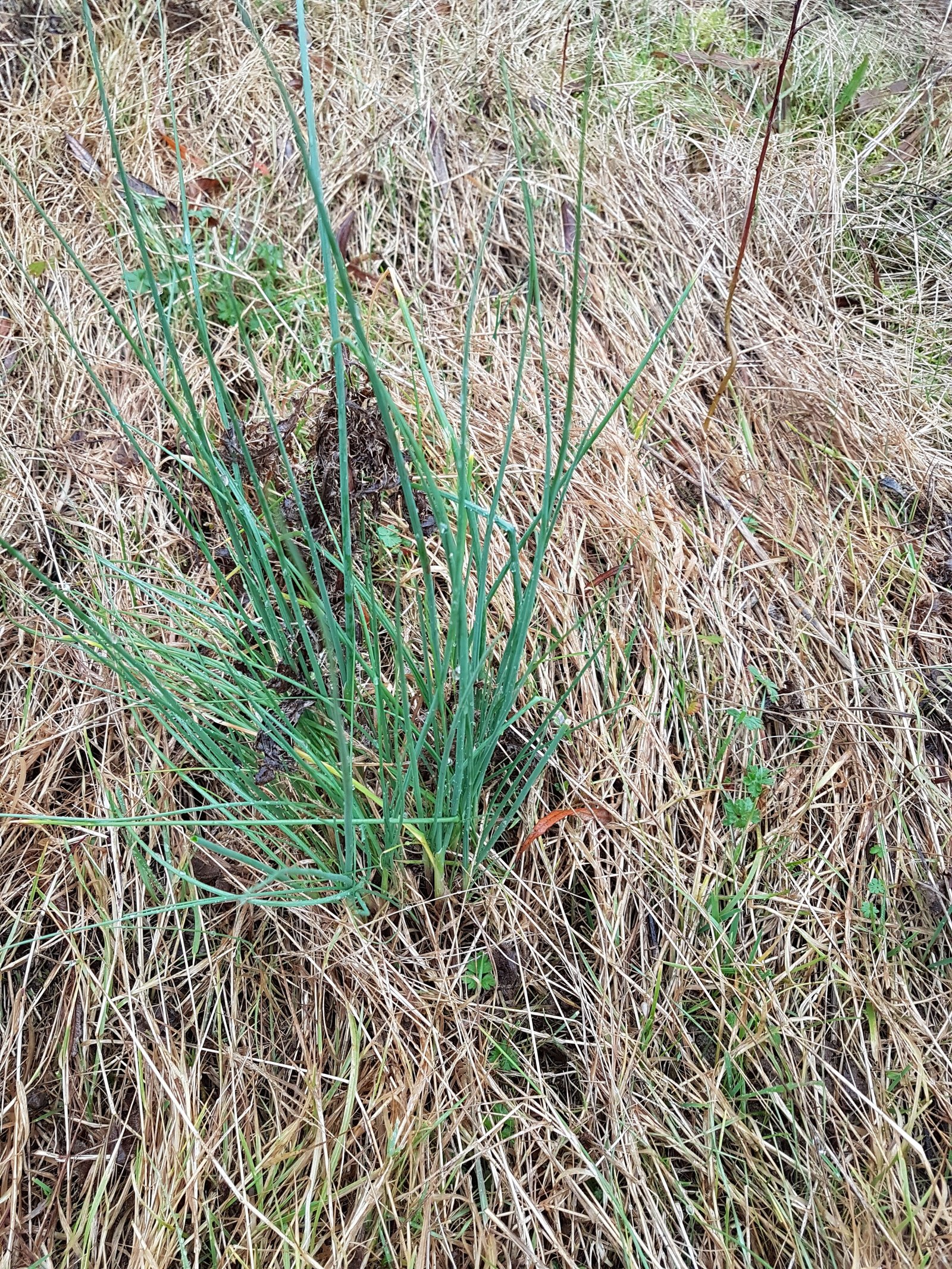Winter is upon us, the frosts have started already and it’s tempting to wrap up warm and stay indoors, but there’s still a whole world of food to be had out there. For this article I want to pick on a commonly used plant that seems to not get much use outside of making booze. I am of course talking about the humble Sloe of the Blackthorn bush (Prunus spinosa).
I’m not going to dive into recipes or variations for sloe gin, Epine aperitif, or even sloe wine (another of my favourites). After all, it’s very simple and there are tons of recipes out there already; not to mention that you can now buy sloe gin off the shelf (and I won’t start on all the reasons why that’s wrong!).

Species
Blackthorn is a member of the Rose family and like most fruit of the Rosacea, it has seeds/stones containing compounds which can convert to hydrogen cyanide in the stomach, however you’d have to consume a lot of the seeds for it to affect you, and we’re discarding the stones today anyway; It’s that hydrogen cyanide compound that gives almonds their flavour, and which comes out in sloe gin if it’s infused for a long time. Trust me, it’s a good thing.
Identifying Blackthorn
Blackthorn grows in dense tangled bushes, with evil black spikes up to a couple of inches long, so when picking the berries it’s best to wear suitable clothing or be very careful. If you’re looking to identify it in spring Blackthorn and Hawthorn can have very similar flowers and spikes, but where Blackthorn flowers before its leaves appear, Hawthorn flowers after its leaves have appeared. If the leaves are out it’s much easier. Blackthorn has simple small leaves, Hawthorn has lobed leaves.
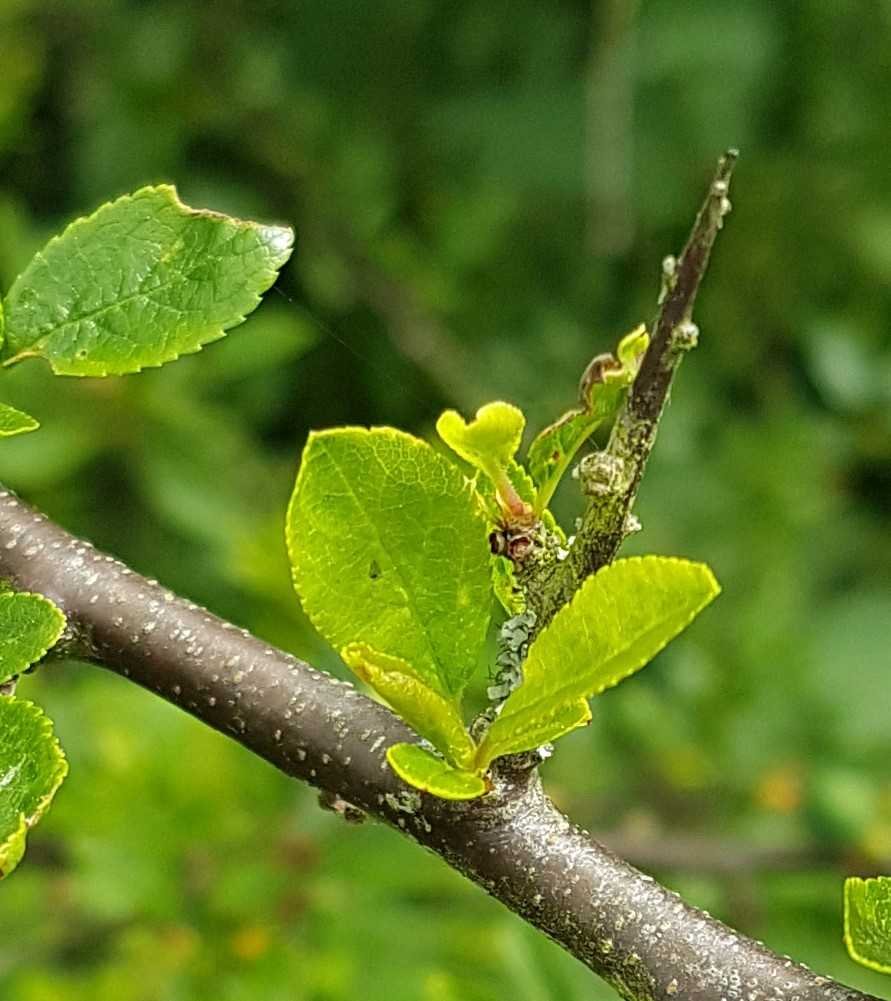
Eating Sloe Berries
As you probably know already, sloes are a wild plum but are incredibly sour and astringent until they’ve been frozen. Whether by the natural frosts or by putting them in the freezer for a day or two, the freezing process releases more of their natural sugars and makes them much more palatable for our infusions. A few years ago, I was licking my fingers after preparing some berries for wine and it struck me that now they’re nice and sweet, why not use them like a normal plum?
Sloe Dumplings
This is your recipe for this issue. I adapted it from a family recipe which used shop bought plums, which was lovely but I think that these small snack size versions are even better:
Ingredients
- 12 frozen sloes
- 1 tbsp caster sugar
- 125g peeled potatoes
- 20g butter unsalted
- 50g breadcrumbs
- 20g granulated sugar
- 1 egg
- 60g plain flour
- Pinch salt
- Pinch cinnamon
Method
- Put your potatoes on to boil. You want it nice and soft, like your going to make mash.
- Clean your sloes and make sure that they’re defrosted. Remove the stones keeping as much of the flesh as possible. Sprinkle the caster sugar over the sloes.
- Melt the butter in a pan and add the breadcrumbs. Cook gently until golden brown then remove from the heat. Stir in the granulated sugar thoroughly and set aside to cool.
- When the potatoes are done and cool enough to handle, shred them into a bowl – I just mash them with a fork.
- Add the egg, salt, cinnamon and flour and mix into a sticky dough. If it’s too wet add a little more flour.
- Get a pan of water on the boil.
- Take a small piece of dough at a time, flatten it into a 5mm thick circle. Add the sloe, fold the dough and shape into a ball.
TOP TIP: If you find the dough too sticky to mould in your hand, wet your hands; It makes it much easier. - A few at a time, drop the dough balls into the simmering water and cook until they rise to the surface.
- Remove using a strainer to drain excess water and put straight into the breadcrumbs. Roll them around so they’re coated and leave to cool.
- Serve the dumplings cold, maybe with custard or a little Sloe port.
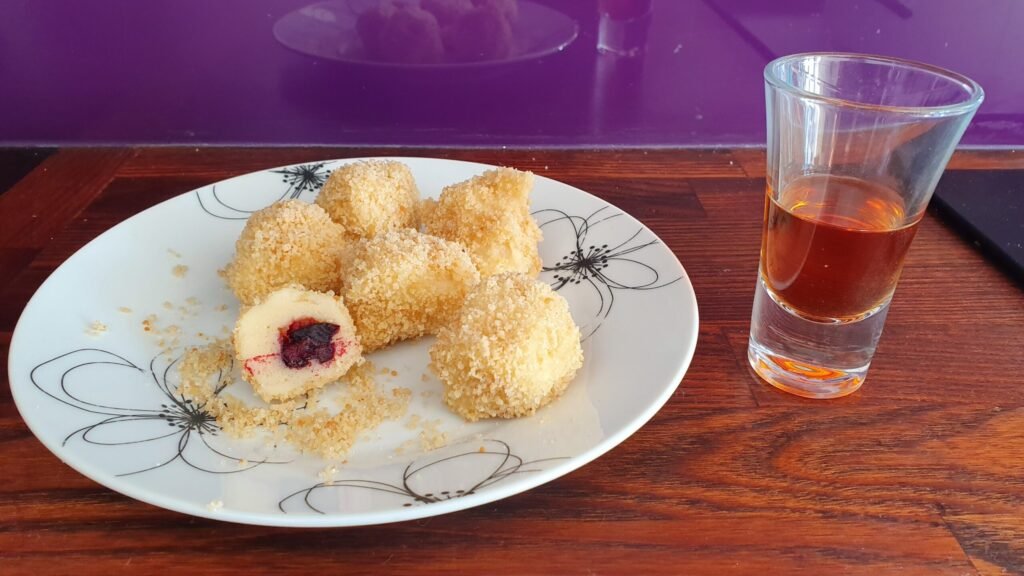
Health Benefits
Sloe berries are rich in Vitamin C and Vitamin E, and also have concentrations of potassium, calcium and magnesium. They’re also packed with antioxidants, phenols and essential fatty acids, all of which are good for maintain health and reducing the likelihood of chronic disease.
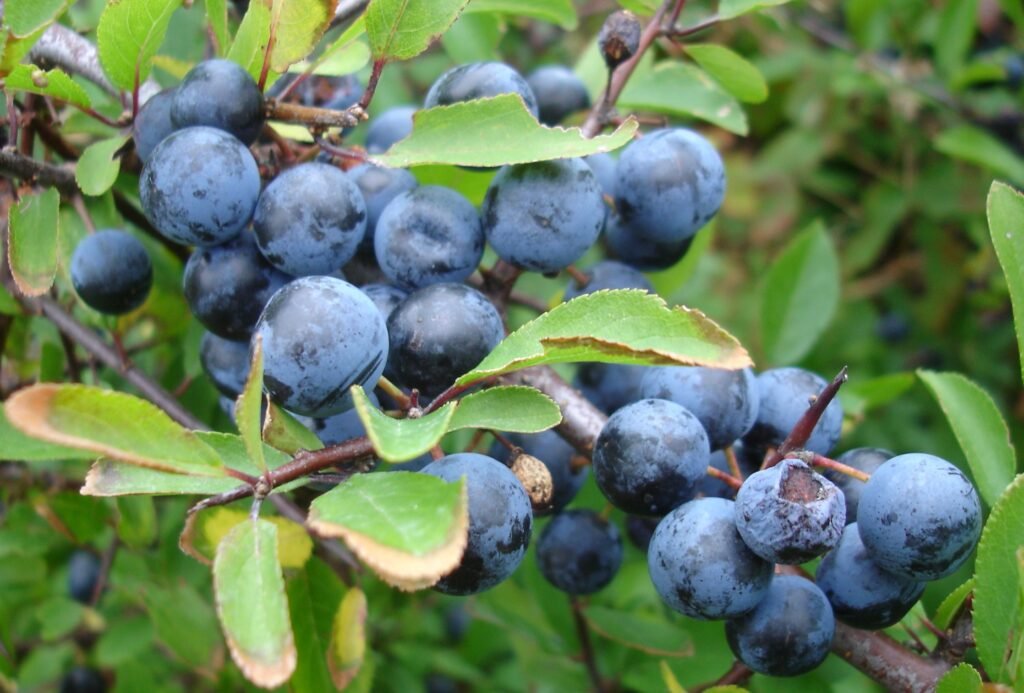
Summary
When we’re looking at foraged food it is sometimes easy to stick with what we know, even making small changes to recipes, and we often overlook the basic nature of a thing. Sloes are wild plums and we know that they sweeten up when frozen and defrosted, so why not use them as tiny plums? OK, so they’re a little fiddly, but I think it’s well worth the effort. I can promise you that they make lovely desserts, sweet and sour sauces, and this year why not try a lovely rich sloe sauce to go with your Turkey?

